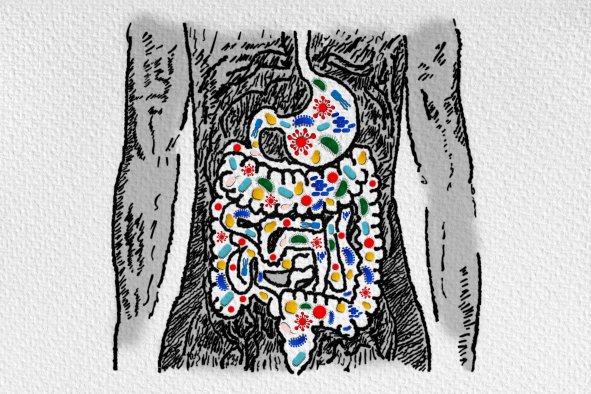A rare marble statue from the Roman period has been unearthed in an ancient city that was devastated by earthquakes around 1,600 years ago.
The "exceptionally preserved" statue was found in the sewage system of Heraclea Sintica—a settlement established in the 4th century B.C. in what is now southwestern Bulgaria, near the country's border with Greece.
The city, also known as Heraclea Strymonike, was founded by colonists from the ancient kingdom of Macedon—the earliest version of which was centered on the northeastern part of the Greek peninsula. The founding of the settlement occurred during the reign of Philip II, the father of the legendary ruler Alexander the Great.
In the middle of the 2nd century B.C., Heraclea Sintica was conquered by Rome—and later formed part the Roman Empire, which was established in 27 B.C. But toward the end of the 4th century A.D., a massive earthquake struck the city causing significant damage.
This was followed by another severe earthquake around A.D. 425, which devastated much of the city's infrastructure. Heraclea Sintica fell into a rapid decline following the disasters and by around A.D. 500, it appears to have been largely abandoned.
The newly discovered statue at Heraclea Sintica measures more than 6 feet in length and likely depicts Hermes, one of the most popular deities in the area, archaeologist Lyudmil Vagalinski said in a Facebook post from the Archaeologia Bulgarica scientific journal.
Hermes is an Olympian deity in ancient Greek mythology who was considered to be the herald and messenger of the gods. The state of preservation of the almost complete statue is particularly notable, with its head still attached to the shoulders.
"We still have a lot of work to do and I do not want to rush to conclusions, but from now on I can say that this ancient statue is not only the best preserved among [those] discovered here, but also on the territory of Bulgaria in general," Vagalinski said in the Facebook post.
"I suppose the town's former inhabitants put it in the dirt of this site after the great 4th century earthquake—to better preserve one of their old deities during a period when Christianity was already the official religion [of the Roman Empire]."
The newly discovered statue had not yet been fully revealed as of July 4—with some parts still embedded in the ground—according to another Archaeologia Bulgarica Facebook post.
"But we show it to you again at this stage, in different angles, because you can already see that it is magnificent!" the post said.
The statue appears to have been crafted from an entire marble block by a master sculptor, likely in the 2nd century A.D. According to archaeologists, there are parallels with other depictions of the god Hermes, but "very few" similar statues have been preserved in the world.
In fact, the statue is a unique find in Bulgaria, according to Vagalinski. Such Roman copies of ancient Greek models exist in Athens and northern Greece, but they are rare, he told AFP.
Archaeologists plan to carefully move it to the nearby Petrich History Museum where it will be exhibited after necessary restoration and conservation works.
Do you have a tip on a science story that Newsweek should be covering? Do you have a question about archaeology? Let us know via science@newsweek.com.
Disclaimer: The copyright of this article belongs to the original author. Reposting this article is solely for the purpose of information dissemination and does not constitute any investment advice. If there is any infringement, please contact us immediately. We will make corrections or deletions as necessary. Thank you.



